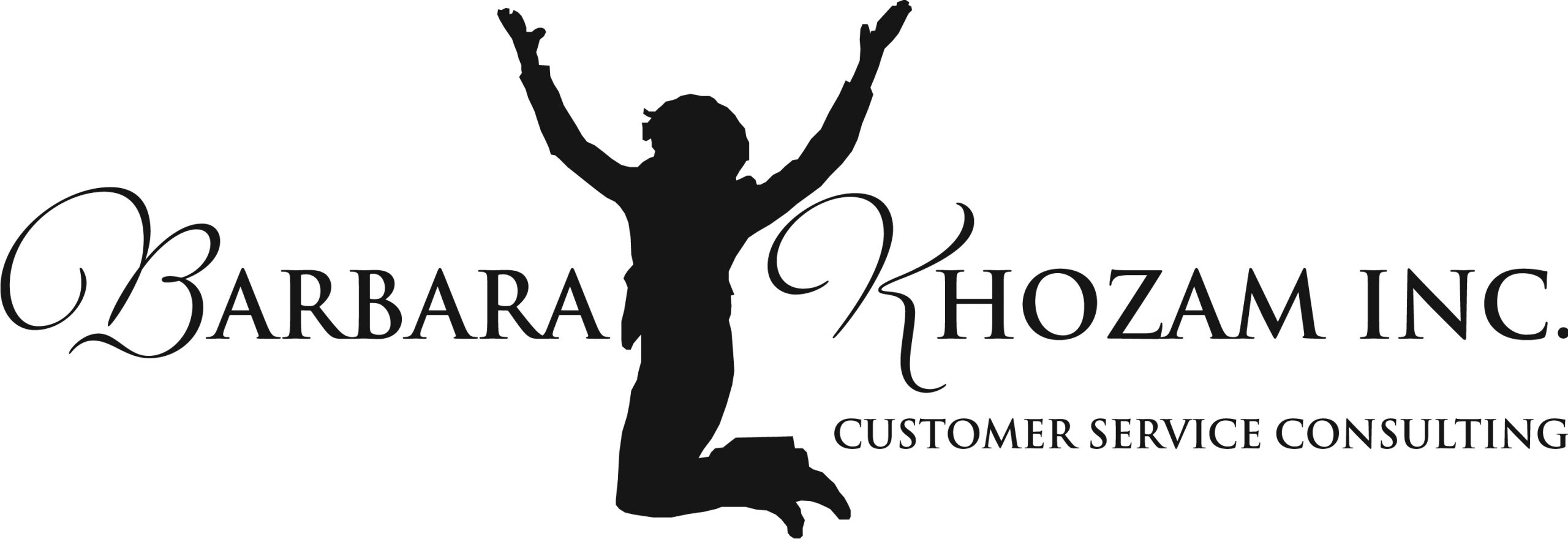Last week, we discussed the importance of developing and implementing customer service scripts, guidelines and protocols. These help to ensure that everyone in your organization has buy-in and is held accountable for infractions.
This week, we discuss how to make customer service scripts work for you, not against you.
What happens when you don’t have scripts with specific instructions? Let’s say that you have a protocol for how to greet your customers that simply states, “Give a friendly greeting.” To one of your team members, this may mean saying, “Yo, yo, how’s it going?” Someone else on your 
When you don’t clearly define what a behavior is supposed to look and sound like, you will get a plethora of interpretations, many of which may be completely off target.
Also, when you explain WHY a particular message in a customer service script needs to be said in a certain way, you’ll be more likely to get compliance. Years ago, I thought of a phrase: “When you tell people why, they are more likely to comply.”
For example, I say that I want you to say your name when you greet people. Why? Because when people know your name, they automatically start to build a connection with you. You are not two inanimate things interacting aimlessly. You are two human beings who are starting to have a relationship. That’s why.
I also recommend that customer service representatives, when answering their telephones, should not only say their name, but also the name of their company and or department. Why? Because callers then have confirmation that they have called the right place. When I was recently making mystery calls for a healthcare client, the person who answered the phone simply said, “Hello this is Sally. How may I help you.” I assumed that I had called the laboratory, but instead, I had called the pediatrics department. Not knowing I was in the wrong department, I proceeded to answer her questions: verifying my identity, my home address, my healthcare provider, my group number, and…well, you get the idea. Many minutes later, we both realized that I had called the wrong department, so she transferred me to the right place. I had to repeat all of my personal information from beginning to end. Had the first person who answered the phone stated, from the beginning, the department name, not only would we have saved time, but I, the customer, would have been less frustrated with the interaction. And we all know that the longer customers wait, the less satisfied they will be.
Strategies that Turn it Around:
- If you find too much variation in behaviors among your team members (eg. friendly greeting) it may be time to create a customer service script with precise language, while also answering the question WHY.
- Find the balance between a customer service script that is too rigid or too lax.
- If a script is not working or is not a comfortable fit for you or your team members, change it to something that is more appropriate for your team, your company and your industry. Doing so will guarantee that your customer service scripts WORK.
Remember my quote: “When you tell people WHY, they are more likely to comply.”
Feel free to share your experiences and opinions in the comments section below. I’d love to hear which types of customer service scripts have worked – or have not worked – for you!
